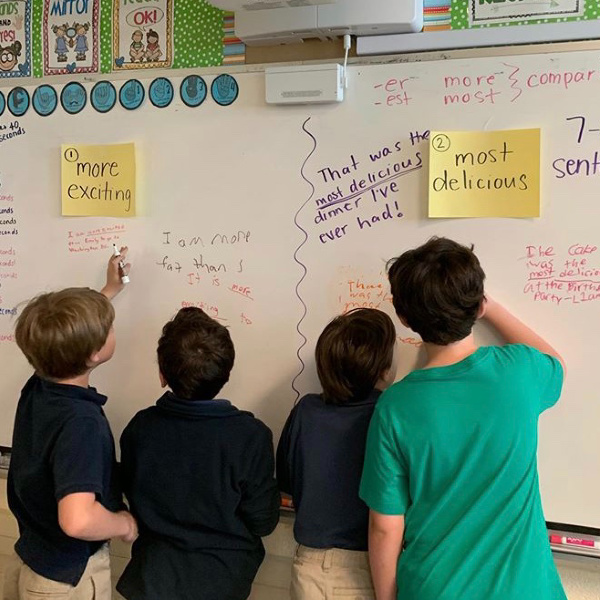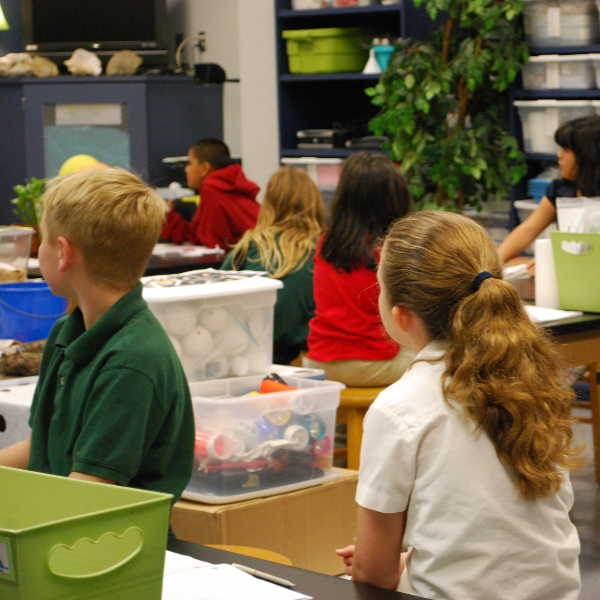Striving to Tackle Student Learning Gaps
One thing that experienced teachers grapple with each year is the accumulating student learning gaps in struggling students. Once you start teaching fourth grade on up, this gap becomes quite noticeable.

Questioning Student Learning Gaps
How do these gaps occur? Why do some students struggle with gaps more than others? What are teachers to do for these students? I’ll answer these, but first let me describe the gaps.
Gaps are not so bad up to second grade
While Kindergarten teachers have challenges that other teachers don’t even want to think about, one they don’t have (per se*) is this learning gap I’m going to discuss.
*although Kinder students often enter school with a wide range of developmental and social skills.
First grade teachers, especially in schools from poverty, often have half their class with skills ready to begin first grade. But the other half is at varying stages of Kindergarten skills.
As second grade rolls around, the gap widens by another grade. Let’s assume for the sake of this article that we are at this same school located in a poor neighborhood. These second grade teachers often have half their class ready for second grade. But the other half is not. But now two or three might actually still be at a Kindergarten academic level. And the other twelve or so are at varying stages of first grade academic skills.
Before continuing on with this article, I’d like to pause to take a moment to offer you a FREE resource that I’m offering. It’s called “101 Teacher Tips” and it’s super useful if you are a fairly new teachers. Experienced teachers might also be curious about them. Just complete the form below and I will zip it right over to your email.
**
The Gap continues to widen in third grade
Now these students at this school located in poverty move on to third grade. Often those two or three that entered second grade at a Kinder level are finally retained in second grade. Ideally, they should have been retained in Kindergarten. Of the twelve who were at first grade level about three are still struggling at a first grade level. The other nine are now at second grade level but are having to struggle in a third grade classroom. And, most likely two or three others also remain at a second grade level.
I want to be sure to recommend another article I wrote earlier about children living in poverty. You can read it here:
Teaching and Learning in Poverty

With each grade higher, the student learning gaps widens
So the trend that was described above for first through third grade continues in this way into each subsequent grade level.
I taught sixth grade for three consecutive years and I was struggling with this “student learning gaps” situation. Some students did’t yet know their multiplication facts. Others struggled with reading and were about two to three years behind in their fluency and skills. Yikes! How do you overcome these challenges?
Trying to answer the questions posed
Let’s circle back to the questions posed at the beginning.
How do these gaps occur?
There are a number of causes for these gaps….
- poverty in the home
- second language issues
- instability in the home
- language delays during years 0-5
- learning disabilities
- a bad teacher in prior grades
- family moving frequently
- no parent academic support (parent always working)
- the struggle was not caught in the grade it started
- student despair and loss of motivation to catch up
- and probably ten other possible reasons
Why do some students struggle with gaps more than others?
Some struggle more than others for some of the same reasons listed above. The more years that the struggle continues unaddressed, the worse it becomes.
The education world has a pendulum swing back and forth over the concept of student retention. For some students it is devastating and they feel they have “flunked.” Others do fine and are releaved to have the extra year to catch up.
One year when I was teaching first grade I had a principal say, “I don’t believe in retention, so don’t even bother to recommend it for a student.” WOW! This was really a challenge…and who knows if she was correct or not..
A side story for you
On a side note, an interesting observation about the language in the “education” culture. When I began working for the local Community College the word RETENTION is used in a positive way, as in students staying enrolled at the college…”retaining” them as students. This is BIG in colleges for funding purposes. It was a shift for me regarding the word RETENTION.
Back to the question of why some struggle more than others. It often has to do with the inner personality of the student. Is the student one who perseveres? Do they work hard to catch up? Do they try the strategies you teach them? I guess you can say it is often connected to MINDSET.
Here’s an article on MINDSET: Growth Mindset in School
And another reason a student might overcome the gap faster than others is parent support. When I was a principal I explained to my teachers that I would not approve retention recommendation if the parent was against it. I felt this strongly about parental support for this strategy.
I felt this way because research had proven that retention was only successful when the child’s parents had a positive, supportive attitude about the retention. Can you imagine being a child whose parents are angry at the school and telling you that you “flunked”?
What are teachers to do for these students?
There is no ONE RIGHT ANSWER for this question. The short answer is IT DEPENDS!
- It depends on the resources at your school.
- Is there support at home?
- It depends on the power of the teacher’s union in your community.
- It depends on the teachers’ ability to intervene.
- Can recommend retention for this student?
- It depends on if your staff will ability group for a period.
- and many other ‘DEPENDS’

How do you overcome these challenges?
Now the BIG, GLARING question is how to overcome this in order to help your students and still keep your sanity.
The best way to tackle this (in my opinion) is to work together with other teachers at your school. Many schools have implemented a “Response to Intervention” (RtI) period.
My Successful Case Study
I’m sure you are curious to know.. why I’m sure this will work… because it worked for our school when I was a principal. We initiated an RtI period at the end of the school day for ELA skills. This extra period was for grades 1-5 since our Kinder students’ day ended an hour earlier than the rest of the school. (In our district 6-8 was middle school).
We moved the bussing schedule to an hour later which allowed most students to remain for the RtI period. We were able to do this because our state DOE had determined that bussing is a priveledge, not a right. So, we worked with this law to our advantage. If a parent didn’t want their child to stay the extra hour, they had to come pick them up and check them out. We only had about 3-5 students who didn’t attend RtI period.
Next, our staff worked together to group students into RtI groups. The top 10% of our students got enrichment lessons since they were on grade-level. The other 90% were placed in ability groups. We used ALL teachers to teach these groups…which included Kindergarten and Special Education teachers.
This extra hour of TARGETED instruction brought our school out of PROGRAM IMPROVEMENT STATUS (where it had been for the four prior years). This achievement was one of the highlights of my administrative career.
Use strategies that work
This RtI period increased academic achievement for almost all our students. This strategy raised our state test scores. BUT, it did not necessarily bring each student up to grade level standards. but every student was better off academically than before.
I realize your school may not be able to pull something this big off. But you can put on your thinking cap…work with your grade level. Can you switch students for about twenty minutes daily for TARGETED INSTRUCTION?
Or can you pull students during recess to review a skill (when you don’t have duty)? Or perhaps ask 3-4 students to stay for forty minutes after school three days a week. This would take parental support since they would need to come pick them up (no bus opportunity). But this regular extra help CAN ADD UP for those students.
I hope that you can find some creative ways to help you students gain their missing skills; that you can tackle the student learning gaps.
Until Next Time,







